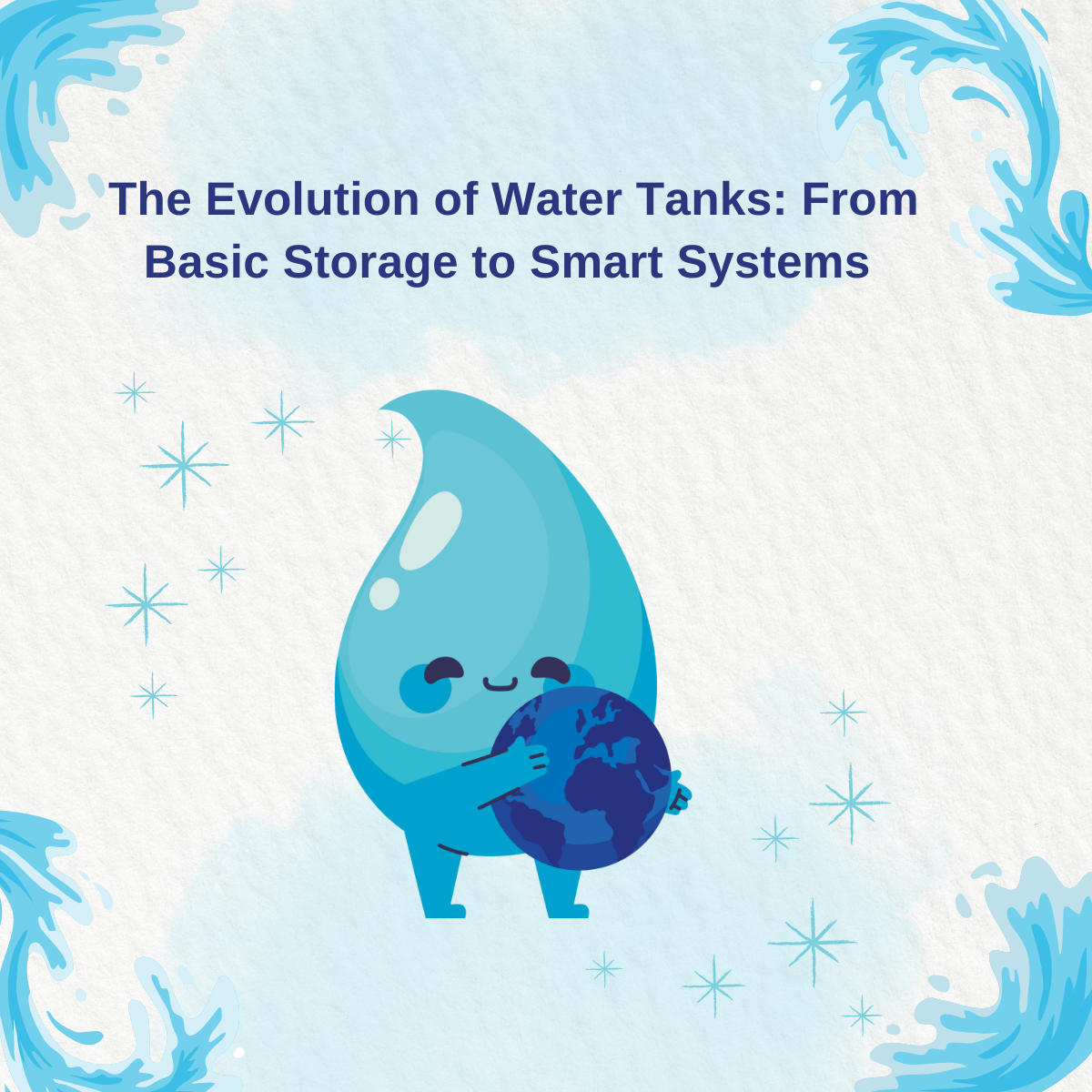Above-ground water tanks have come a long way from being simple water storage solutions. In Victoria, they’ve evolved into smart, multi-functional systems that cater to the diverse needs of homeowners, farmers, and businesses. With advancements in technology and growing awareness of water conservation, the above-ground water tank has become a vital tool in tackling environmental challenges while offering convenience and efficiency.
Early Days: Simple Storage Solutions
The first above-ground water tanks in Victoria were basic, focusing solely on storing rainwater or groundwater for domestic and agricultural use. Made of metal or rudimentary concrete, these tanks provided an essential service but lacked versatility. Their main role was to ensure water availability during dry seasons, especially in rural areas where water supply systems were limited.
The Shift to Concrete Tanks: Strength and Durability
As demand for long-lasting solutions grew, concrete water tanks in Melbourne and across Victoria gained popularity. Concrete offered unmatched durability, resistance to environmental factors, and the ability to store large volumes of water. For rural properties and urban developments alike, concrete water tanks became the go-to choice for their ability to withstand Victoria's varying climate conditions.
These tanks didn’t just provide storage—they also acted as a reliable resource during emergencies, such as bushfires, when a steady water supply was crucial.
The Modern Era: Smart Features and Sustainability
Today, the above-ground water tank has undergone a technological revolution. Modern tanks are no longer just static storage units; they’ve evolved into smart systems equipped with features that maximize efficiency and user convenience.
- Smart Monitoring Systems
- Advanced above-ground tanks now come with IoT-enabled sensors that monitor water levels, usage, and quality. These systems provide real-time data to users, ensuring efficient water management.
- Integrated Filtration and Purification
- Many concrete water tanks in Victoria now include integrated filtration systems, making harvested rainwater suitable for a range of uses, from irrigation to drinking water.
- Solar-Powered Pumps
- Sustainable energy solutions are increasingly being incorporated into tank systems. Solar-powered pumps allow water to be distributed effectively without relying on external power sources, aligning with Victoria’s sustainability goals.
- Design Innovations
- Tanks are now designed to blend seamlessly with their surroundings. In Melbourne, where aesthetics often play a significant role in property design, slimline and modular concrete water tanks are becoming more common.
The Role of Above-Ground Tanks in Victoria’s Future
Victoria faces unique challenges, including unpredictable rainfall and increasing water demands. The evolution of above-ground water tanks positions them as a crucial part of the solution. Whether it's for residential rainwater harvesting, commercial use, or agricultural support, tanks equipped with modern technology ensure a sustainable approach to water conservation.
Additionally, concrete water tanks in Melbourne and regional Victoria are integral to bushfire preparedness, stormwater management, and reducing dependency on municipal water systems. As more homeowners and businesses recognize their value, these tanks will continue to adapt and meet the region’s needs.
Why Choose a Concrete Water Tank?
For those considering an above-ground water tank, concrete water tanks in Melbourne and beyond offer several advantages:
- Durability: Built to withstand the elements, ensuring long-term performance.
- Versatility: Suitable for diverse applications, including irrigation, firefighting reserves, and potable water storage.
- Sustainability: Supports rainwater harvesting and reduces reliance on mains water.
Conclusion
The transformation of the above-ground water tank from a simple storage solution to a high-tech system reflects the growing importance of water conservation and efficiency in Victoria. With innovations like smart monitoring, sustainable energy integration, and aesthetic designs, tanks are now smarter, more efficient, and more essential than ever.
If you're in the market for a concrete water tank in Melbourne or anywhere in Victoria, consider the advanced options available today. They’re more than just water storage—they’re an investment in a sustainable future.
